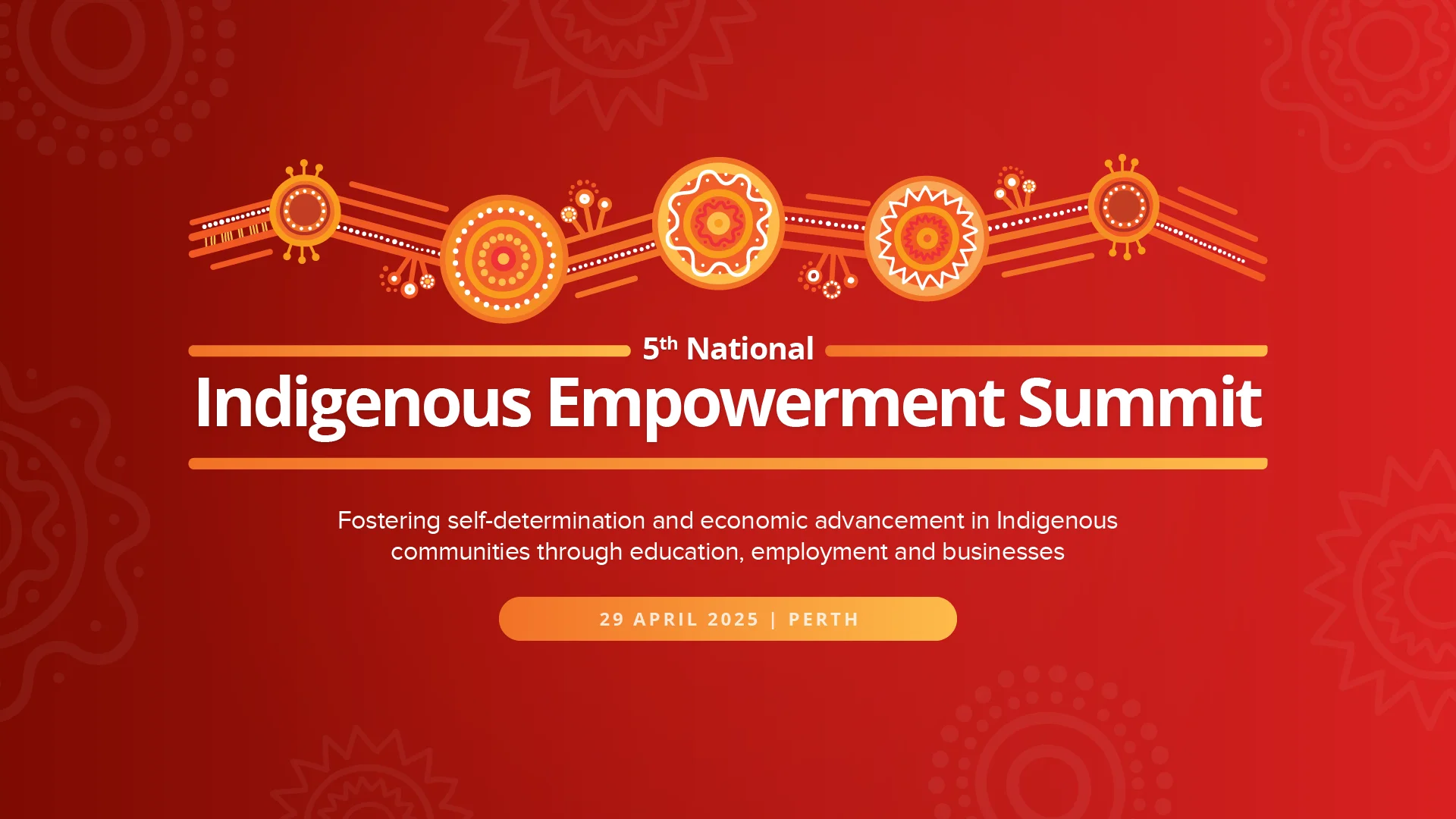With the welfare system beyond its funding limit, all levels of government are looking for greater system efficiency and productivity, including better citizen outcomes for its investment.
At the same time, consumers are better informed and empowered, with expectations of personalised services underpinned by a free-market dynamic with greater service contestability.
NFP organisations thriving in this context have some common characteristics. Successful organisations often share a focus on strategy, building capability, effective governance and their culture. A unifying characteristic of organisations that succeed in changing times or reform is a clear sense of the performance they expect. It is about knowing who they are serving, and a dedication to the making the greatest impact. Second best won’t do.
My extensive work with NFP organisations across Australia, including major disability, mental health, homelessness and aged-care service providers, gives me an insight into the reform challenges facing NFPs, and the change strategies and tactics being adopted by industry leaders.
Under pressure
Service providers are under pressure to demonstrate value and meet growing consumer expectations. The government is increasingly insistent on results, and wants to deal with fewer entities to ease the administrative burden and better manage quality. Public investment is being directed to organisations that can do more with less.
For most NFPs, between 60 and 99 per cent of income comes from government. For those without a diversified funding base, it is particularly important they be responsive to government expectations and policy if they are to maintain financial viability. This means understanding and adapting to changing government requirements around efficiency, service quality and other performance outcomes. This is putting pressure on NFPs to demonstrate greater impact and value for money, and find greater capacity to invest in service improvements and innovation to achieve this.
Changing consumer expectations are also placing pressure on NFPs. As technology continues to foster consumer connection and empowerment, even the most vulnerable clients are becoming informed and finding their voice. This gives NFP consumers the ability to influence change in a new ways. For NFPs, this – coupled with increased public scrutiny through royal commissions and parliamentary inquiries – means a greater sense of accountability for service experience and quality than ever before.
Alliances and acquisitions are becoming more commonplace as NFPs respond to this pressure. Scale is subsequently becoming more attractive to many NFPs. Many loosely affiliated organisations are coming together either by acquisition or as subsidiaries of a parent organisation. Some are forming alliances with other service providers in their locality to build their presence and connections horizontally.
Others are resisting the pressure to consolidate, preferring to stay small and nimble with a niche set of objectives, specialised skill, or a defined client group or geographical area. For these organisations, matching their expertise to a specific market at the right price, and showcasing their value, is the pathway to sustainability.
Lack expertise
Mergers and acquisitions (M&A) are inherently complex, and like most businesses, NFPs lack the expertise to effectively manage the process alone. For those choosing this path, Nous and other organisations have created online toolkits to help NFPs with M&A, including the commercial, people, client, technology and legal implications.
NFPs face a heightened level of accountability for financial decision-making. Whether funds are from government, philanthropy or enterprise, NFPs are more constrained in, and scrutinised for, their investment and spending decisions than most for-profit organisations. Typically, strategic change involves considerable investment, so this scrutiny is an added challenge or pressure.
In contrast, a special strength for many NFPs is their purpose. This keeps their people focussed and unified during disruptive change and can be a strong, energising and motivating force when the effort becomes tough. This sense of purpose also reins in the tendency to become distracted by opportunities and trends that do not show real benefit for citizens or consumers.
Leading the charge are NFPs with strong business and commercial acumen. They track external trends, gather evidence to support their strategic choices, then move quickly to deliver.
Other NFPs succeed because they collaborate effectively in a highly contestable environment. An example of this would be mental-health services working with housing and homelessness services and estate agents to secure safe, long-term housing for people affected by mental illness, including ensuring tenancy while in hospital.
Effective practices in the health sector offer useful guidance and inspiration to many NFPs. The health sector is very focussed on evidence-based practice, risk management and the consistent application of standards. I think these protocols and ways of working will become more and more prominent in NFPs, particularly in areas like ageing, childcare and out-of-home care – because the sector is focussed on delivering positive outcomes.
No longer enough
Good intentions are no longer enough. The same level of rigour as evident in the health sector is needed for NFPS to meet consumer expectations.
Certain organisation design features from the health sector that can work well in NFPs. Community advisory groups that report direct to the board are a great way of escalating accountability. Although at times hard to manage, they can promote and maintain a zero-tolerance approach to falling below quality standards.
Strong governance is essential. Effective NFP boards have a diversity of professional expertise – legal, marketing, finance, risk management – as well as a strong ethical compass and unwavering expectations regarding quality standards and evidence-based practice. These boards contribute at the governance level, and resist the temptation to interfere in the working details of the business.
The most successful NFPs have a tangible coherence between their purpose and their choice of who they serve, their branding and marketing, the networks of their CEO, their investment strategy, research agenda, and employee value proposition. They stand for something, deliberately build leadership in selected areas, and speak confidently through stories and facts about their impact.
Finally, I would advise organisations to create a culture of excellence across their workforce. Leaders should have high expectations of themselves and all those they employ. This always begins with role modelling. The expectations bar has gone up and NFP leaders need to reform their organisations to meet it.
People want to work in organisations they can be proud of, which often comes from both what and how the organisations achieve. High expectations can be more motivating than some leaders think, and are essential for successful change in challenging times.
Sandy Forbes, Principal, Human Services Sector Lead, Nous Group.












